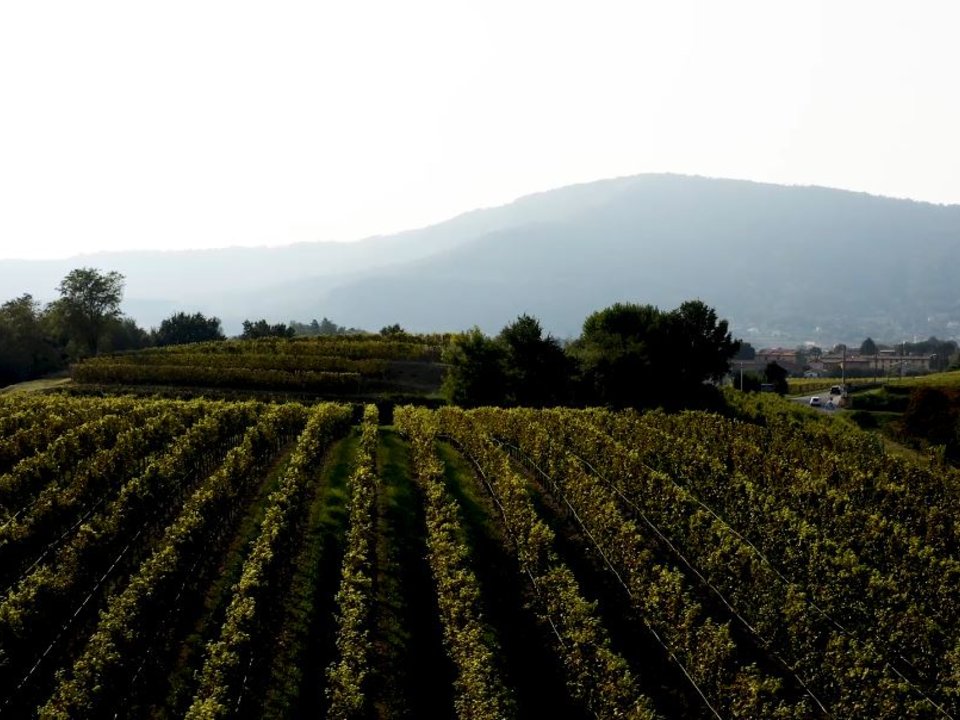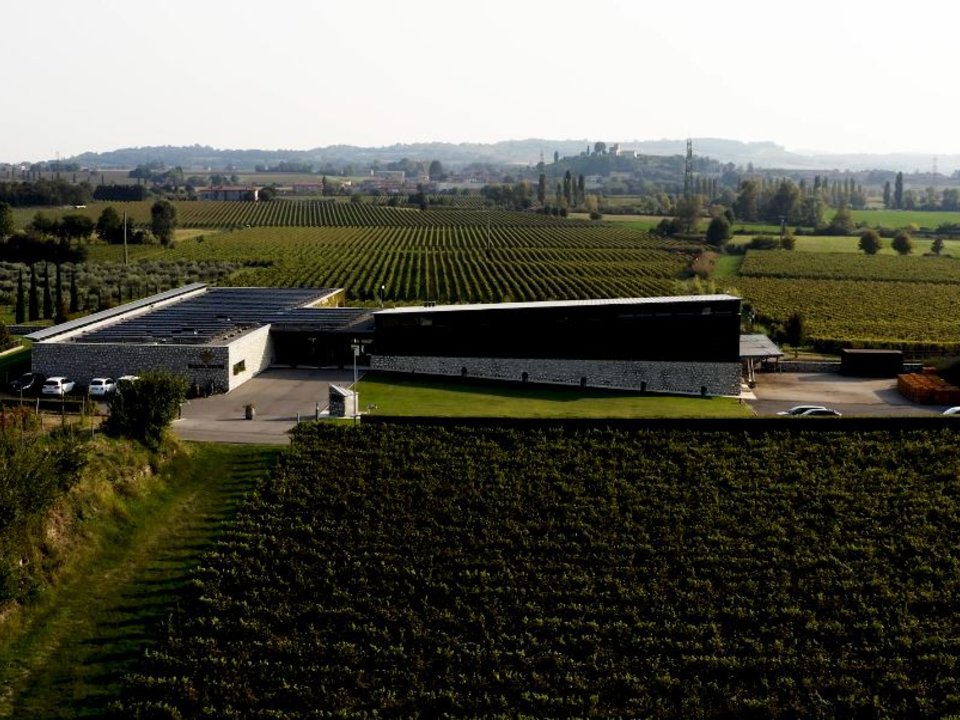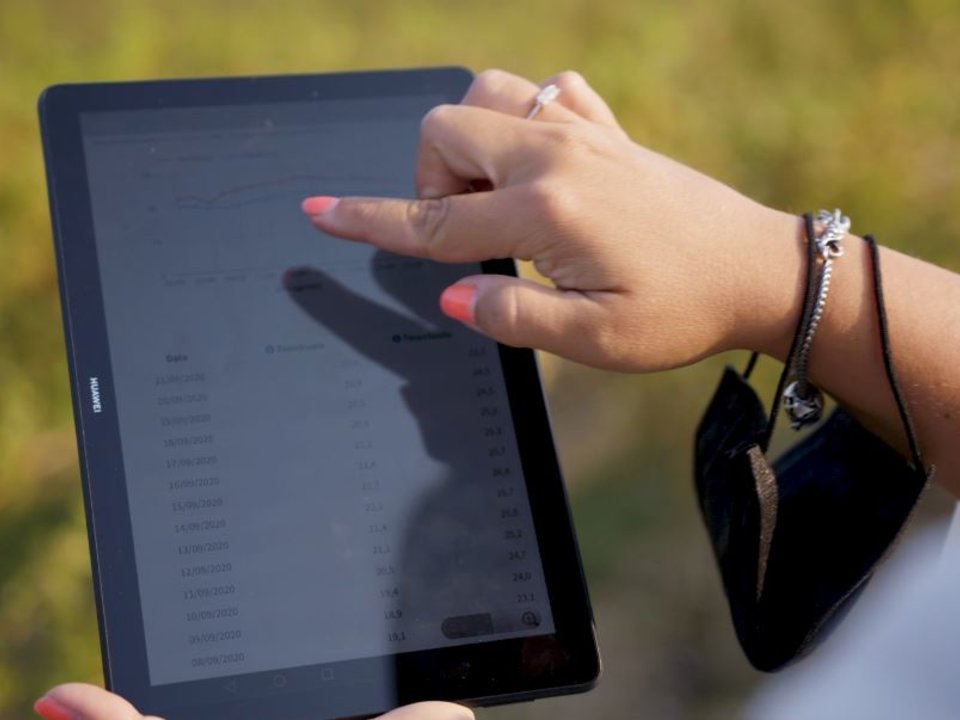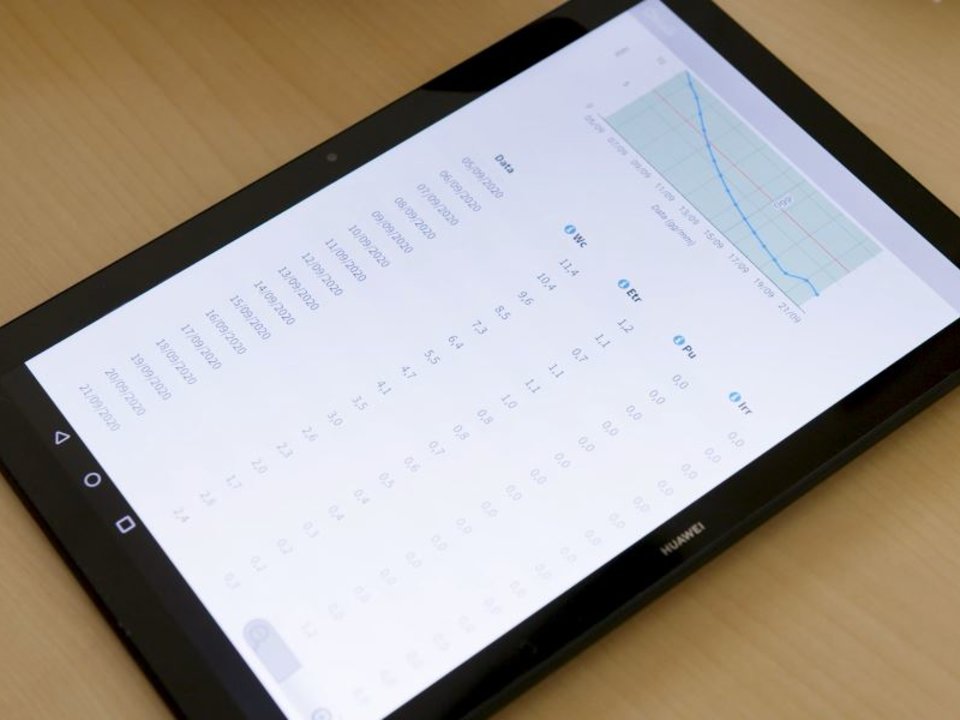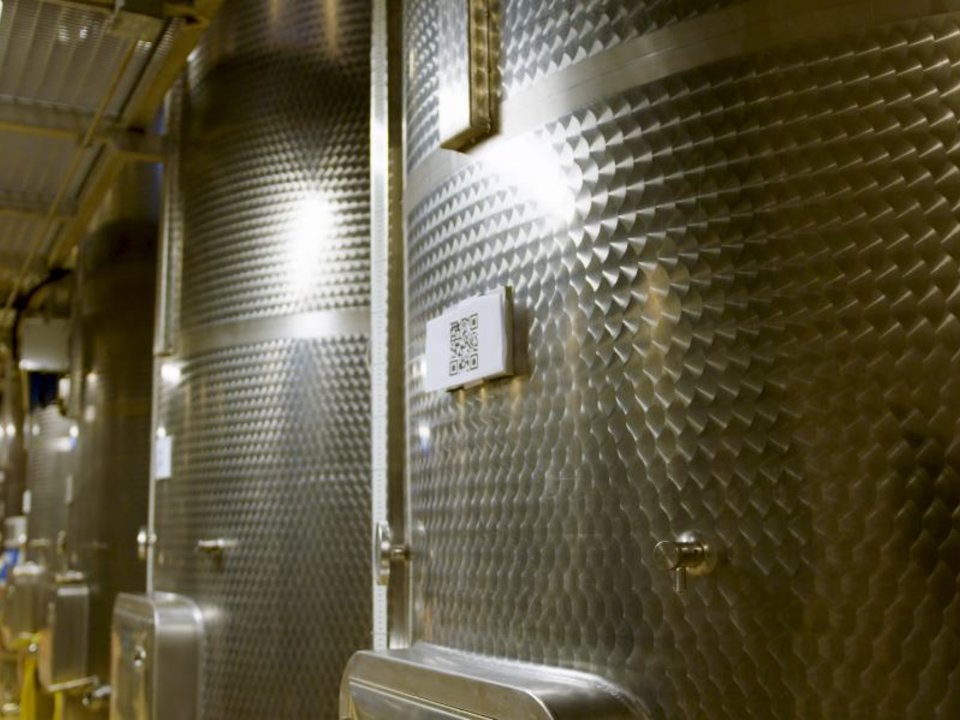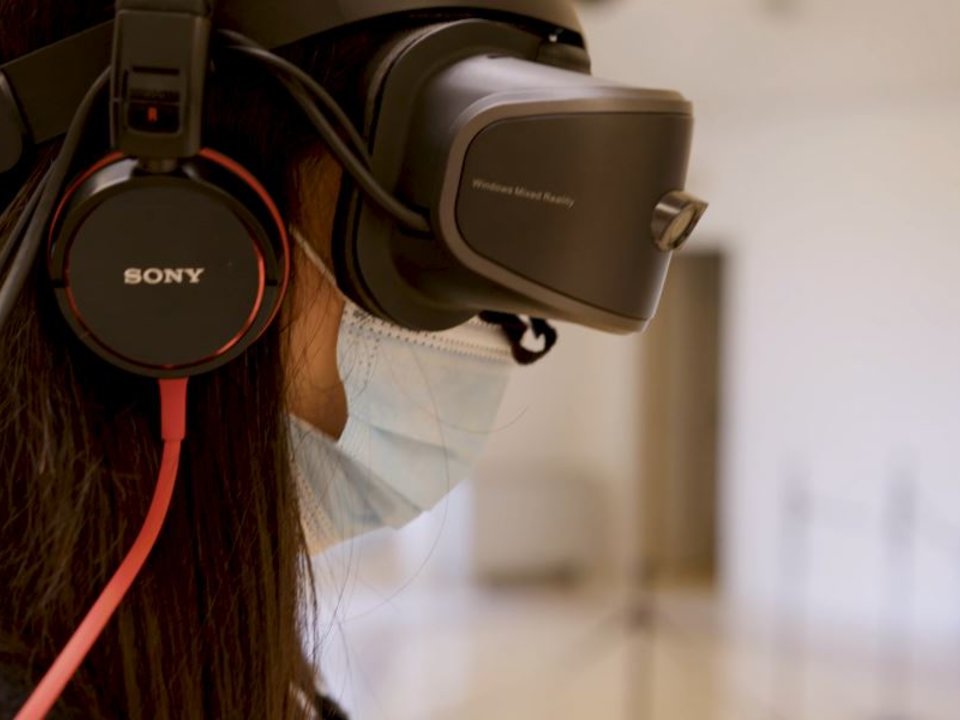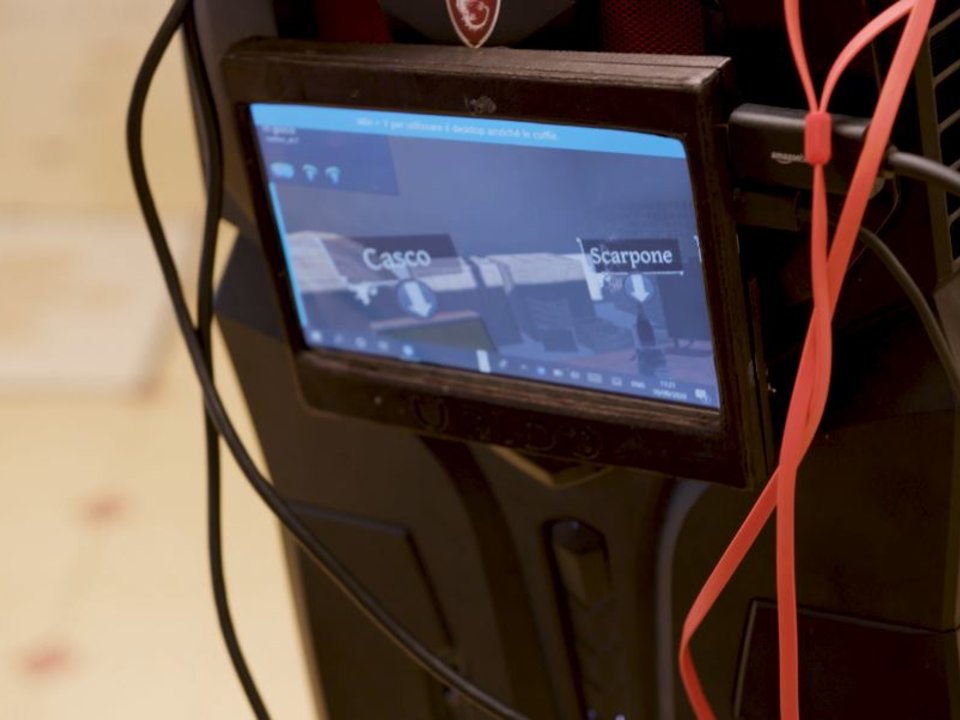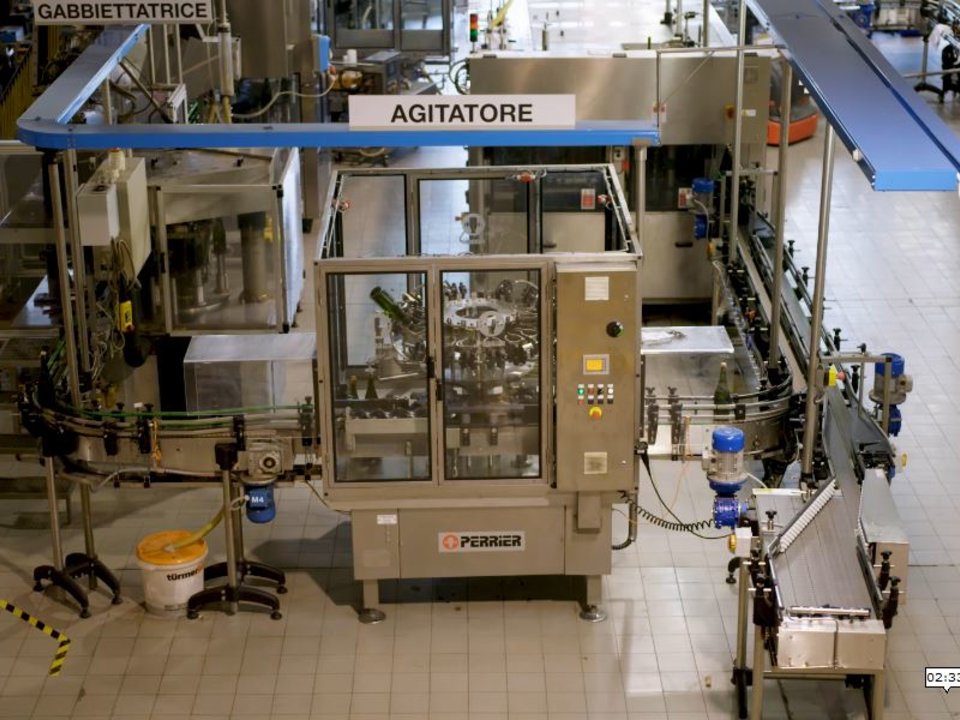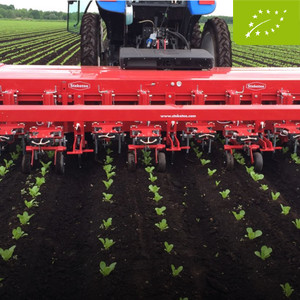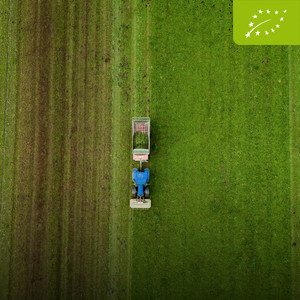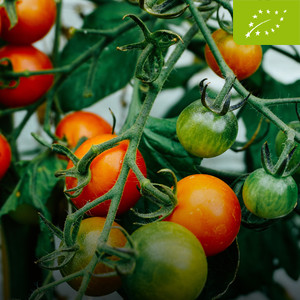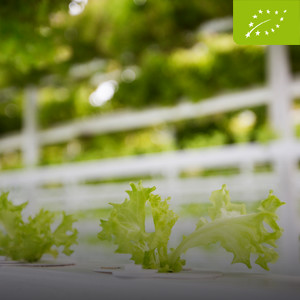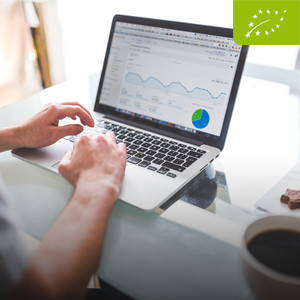Introduction
The EU quality certification scheme of protected designation of origin (PDO) is a powerful tool to protect the quality of EU products, especially in foreign markets. It comes at a cost, however. The standardised approach can be subject to fraud and to human error, and the bureaucratic burden hinders its implementation. IoT technology can help to solve these issues. Traceability tools, online registration and sensor data provide proof of origin and production method to certification bodies. This use case investigates how a web-based (and app based) system can simplify the quality certification and labelling process of organic and PDO wine.
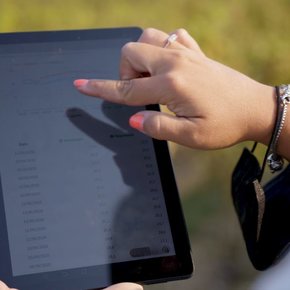
Certification enhancing trust
To adapt to the varying types of wineries, local differences and regional datasets, as well as particular production methods was the initial challenge for Matteo Balderacchi, the Use Case Coordinator, and his team.
Show more
To address this challenge several tools were explored and combined: a software able to interoperate between official datasets (from the Ministry or from Regional Governments) and the software used by the certification body; specific sensors from WINEGRID, using LoRa (long range) networks or Wi-Fi connection, is deployed on each testing site across Italy to monitor the fermentation process. From a technical point of view, the solution facilitates the compliance with certification standards by liaising the production philosophies and practices of the winemakers with their clients through the certification seal.
In this vein, the use case team developed a standardised software to facilitate transparency in agriculture and boost efficiency by connecting all the sources of information describing and guaranteeing the supply chain. By using digital tools for auditing, the use of paper is reduced while making the entire certification process faster and more efficient because human errors are reduced significantly. This ultimately also increases the quality of wines which unequivocally has the most appeal to consumers and wine enthusiasts alike. Another advantage this use case offers to consumers is the virtual tour of the winery. The team embraces augmented reality solutions from UQIDO to successfully bridge the gap between winemakers and consumer, while making the latter more aware of the different production processes. Something of special interest during Covid-19 restrictions.
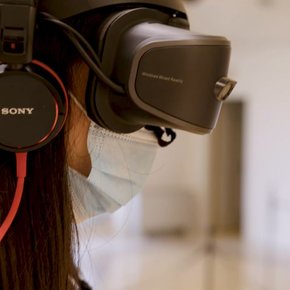
Remote audits and virtual end-user training
One important feature of this use case is the corresponding virtual reality feature. At its core, it is a remote training tool for auditors. Over the course of the project, however, it also became a marketing and promotion tool for farmers and winemakers.
Show more
Especially during the Covid-19 pandemic it gained popularity because the virtual reality feature could substitute events or fairs rather successfully. In these regards, Matteo Balderacchi and her team made necessity a virtue and decided to further explore this service in the future. But the team had another ace up their sleeves when it came to responding to the effects of the pandemic. Physical visits of auditors or certifiers were prohibited over a couple of months and European agriculture was desperately looking for reliable remote auditing tools. And this use case had just the right innovation to offer to respond to this challenge.
-10%
Resource use efficiency (paper per year per inspection)
Initially, the aim of the app was to facilitate the work of auditors during their inspection of the vineyards and cellars. It acts as a link to the Valoritalia management software as well as the official databases of the regions where all farm management data are stored. It does not only centralise all the information in a user-friendly way, but the app also indicates the geographical identification of every plot on each farm. Lastly, previous audit reports and analysis can be easily accessed with a simple click. If you consider that much of this cross-checking of the various databases had to be prepared prior to the inspection, the technology this use case offers, saves a lot of time. Furthermore, it gives auditors the possibility to evaluate unexpected issues that may emerge during the inspection without carrying the entire paper trail or having to do it afterwards. The app has another feature which supports auditors but mainly caters to winemakers: the remote monitoring of alcoholic fermentation. By observing those parameters producers can control the fermentation process. Should any unexpected inconsistencies occur, the wine growers can swiftly react to prevent losses of the valuable product. Ultimately, it ensures the quality standards are met which once again appeals to consumers and wine enthusiasts.
+20% up to +50%
Efficiency in certification (hours)
100%
Credibility of certification
Achieving those ambitious goals and validating the service offering was challenging for the use case team since the testing of the fermentation monitoring on each specific winery could only be done once a year. Clearly not the conditions one would wish for when developing an innovative technology! Moreover, the difference in each field setup alongside insufficient broadband access in some rural areas made the standardisation of gathered data troublesome. When it comes to the availability of external data from Regional and National databases the team was faced with a highly regulated sector, which necessitates close collaboration with policy-makers. Apart from the important organisational collaboration, Matteo Balderacchi and her team realised that sensors and farmers need to synergise and co-evolve as well in order to get the best results for everyone involved.

Get in touch with the use case team via the SmartAgriHubs Innovation Portal
Go to portalAchievements, products & services
Vat and vineyard real-time monitoring through IoT
Enhanced online audit and auditor e-learning
Higher level of professional satisfaction of auditor, producer, and wine-maker
Increased trust in certified quality food products
Implementation of enhanced certification system

